Blog Posts
Share information about your brand with your customers. Describe a product, make announcements, or welcome customers to your store.
talkingfashion
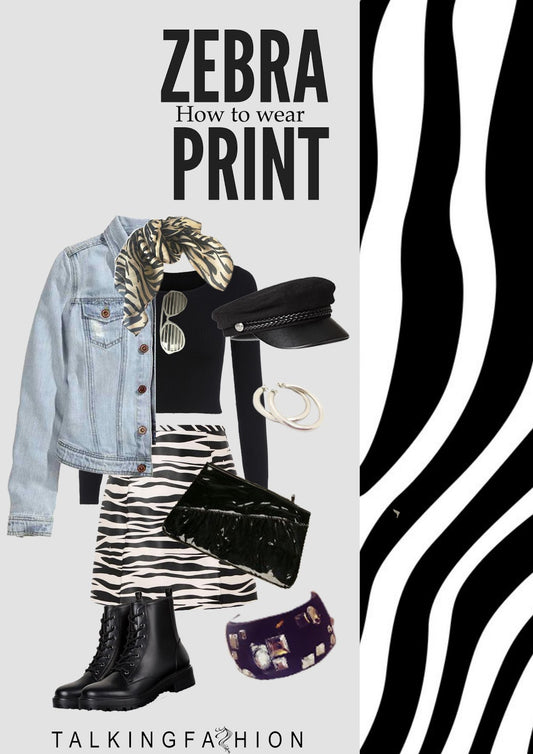
Zebra Print Styling by Anna To Ma Ngoc
Limited Vintage Accessories Collection available in the shop now
Zebra Print Styling by Anna To Ma Ngoc
Limited Vintage Accessories Collection available in the shop now

Leopard Print Styling by Anna To Ma Ngoc
Limited Vintage Accessories Collection available in the shop now
Leopard Print Styling by Anna To Ma Ngoc
Limited Vintage Accessories Collection available in the shop now
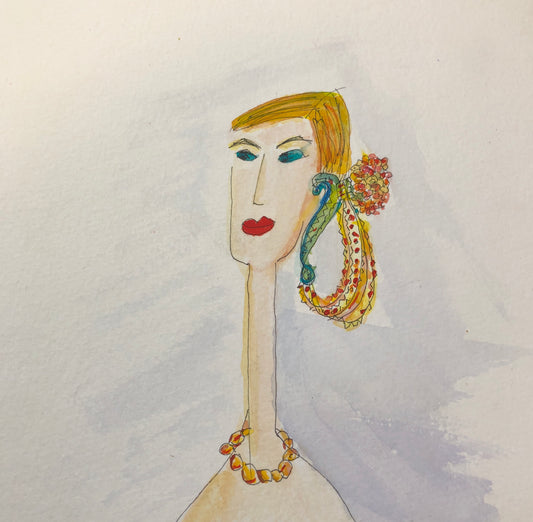
Fashion Flashback: Earrings by Morgan Watkins
The earring: an accessory worn widely around the world by women, men and even toddlers. They can totally complete your outfit or be used to balance out any fashion or...
Fashion Flashback: Earrings by Morgan Watkins
The earring: an accessory worn widely around the world by women, men and even toddlers. They can totally complete your outfit or be used to balance out any fashion or...
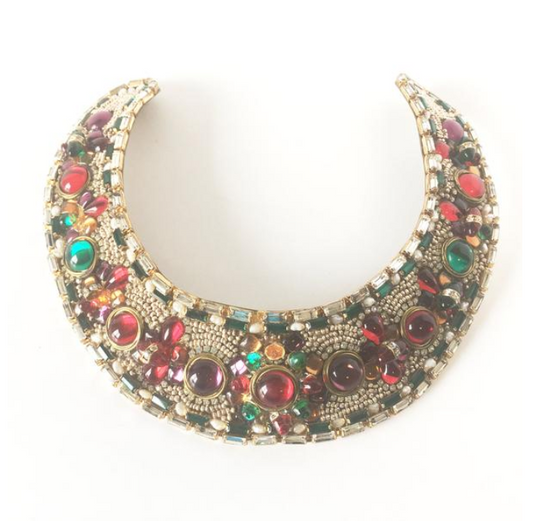
Fashion Flashback: Necklaces by Morgan Watkins
"Fashion Flashback: Necklaces" by Morgan Watkins As more ancient jewelry is discovered and unearthed, the world learns more about how we, as a species, have lived. But while archeologist findings have...
Fashion Flashback: Necklaces by Morgan Watkins
"Fashion Flashback: Necklaces" by Morgan Watkins As more ancient jewelry is discovered and unearthed, the world learns more about how we, as a species, have lived. But while archeologist findings have...
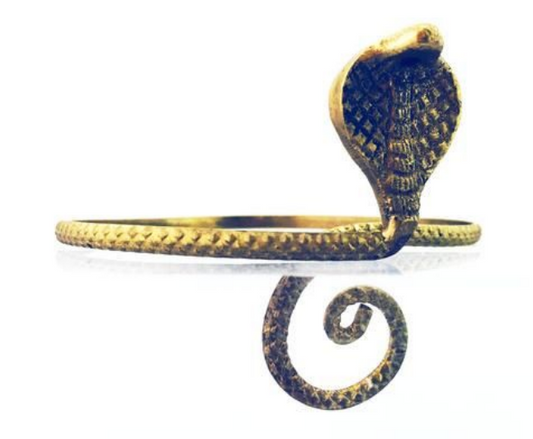
Fashion Flashback: Bracelets by Morgan Watkins
"Fashion Flashback: Bracelets" written by Morgan Watkins One of the oldest pieces of jewelry known to man is the bracelet. Worn and adored by cultures far and wide, bracelets...
Fashion Flashback: Bracelets by Morgan Watkins
"Fashion Flashback: Bracelets" written by Morgan Watkins One of the oldest pieces of jewelry known to man is the bracelet. Worn and adored by cultures far and wide, bracelets...
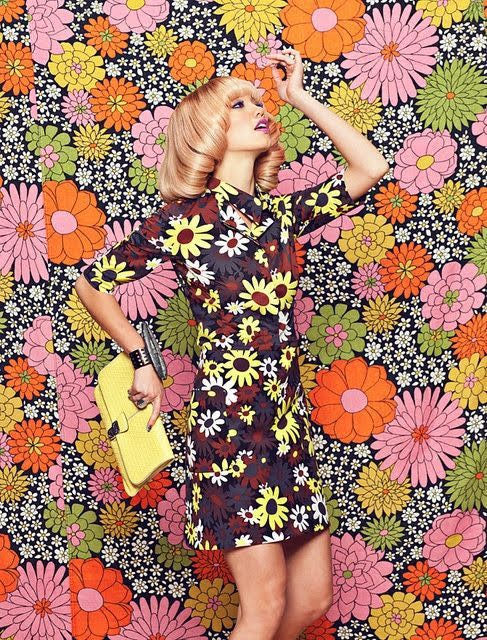
The 1960s: From Homemaker to Hippie Chic
The 1960s: From Homemaker to Hippie Chic By Paige McKirahan The 1960s was a truly transitional decade filled with experimentation and defiance. In the earlier years, it was very...
The 1960s: From Homemaker to Hippie Chic
The 1960s: From Homemaker to Hippie Chic By Paige McKirahan The 1960s was a truly transitional decade filled with experimentation and defiance. In the earlier years, it was very...
